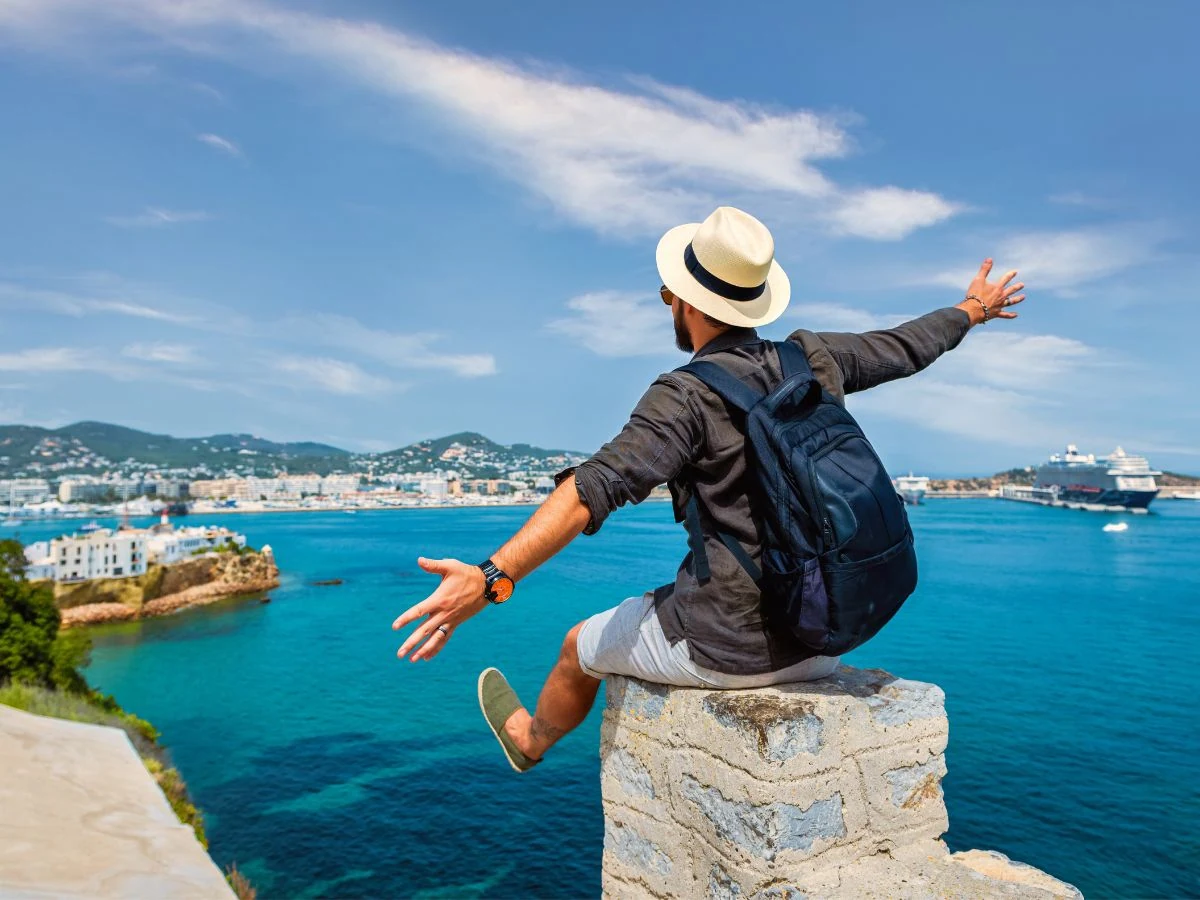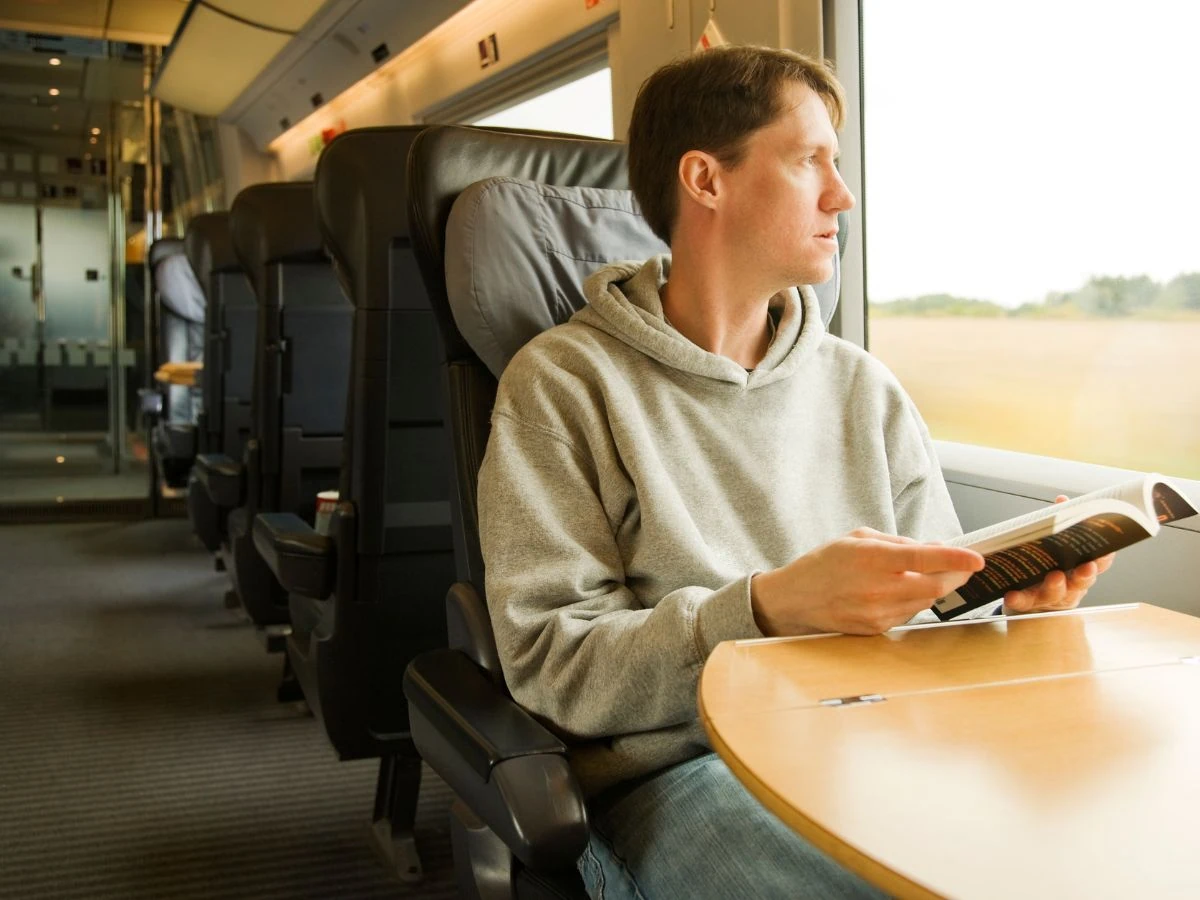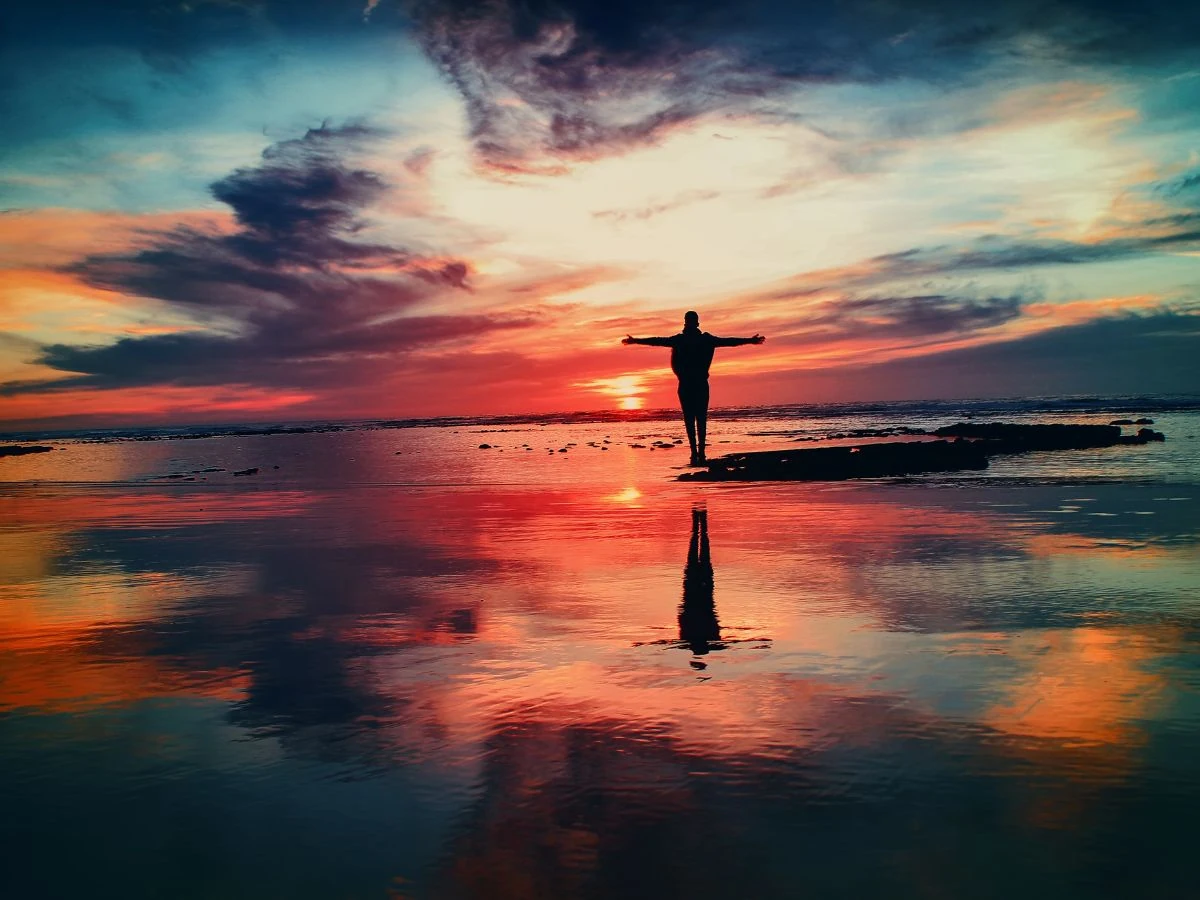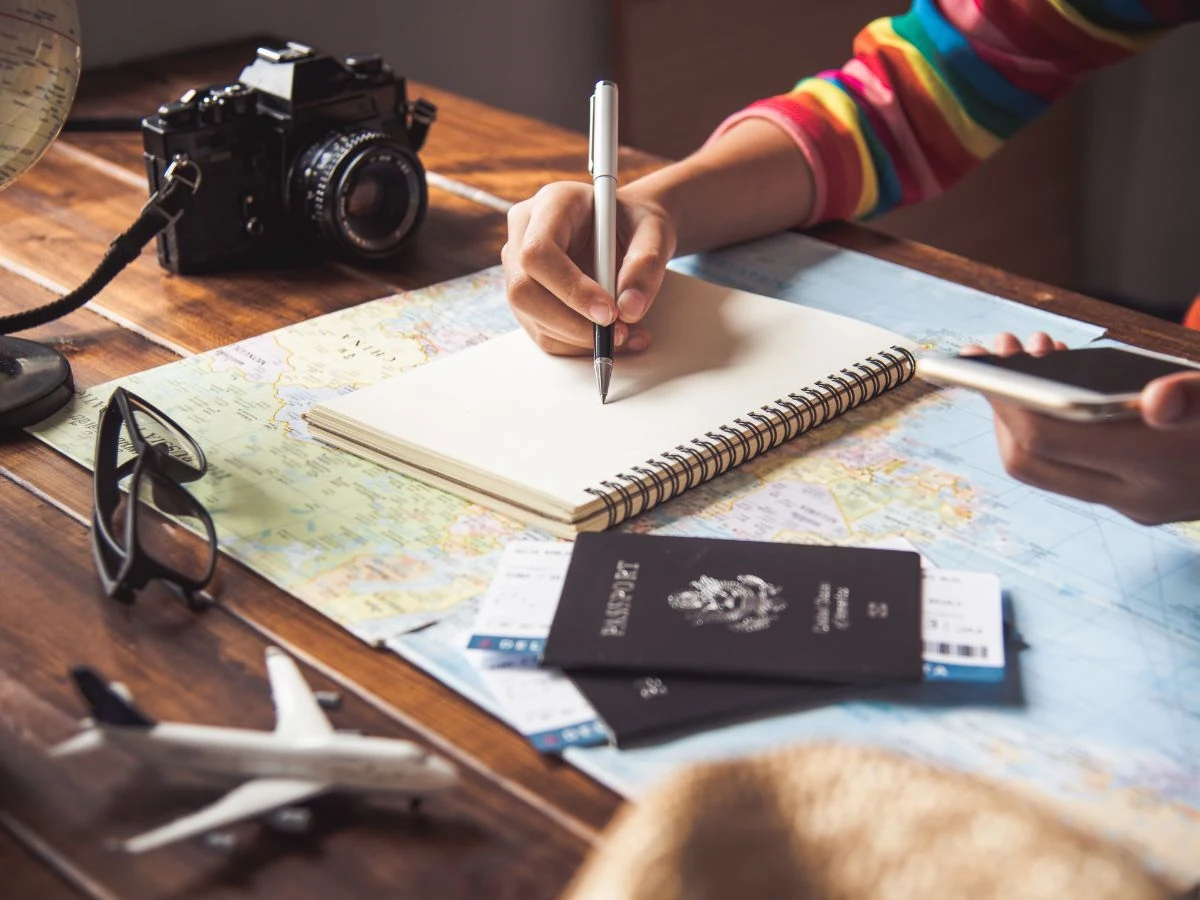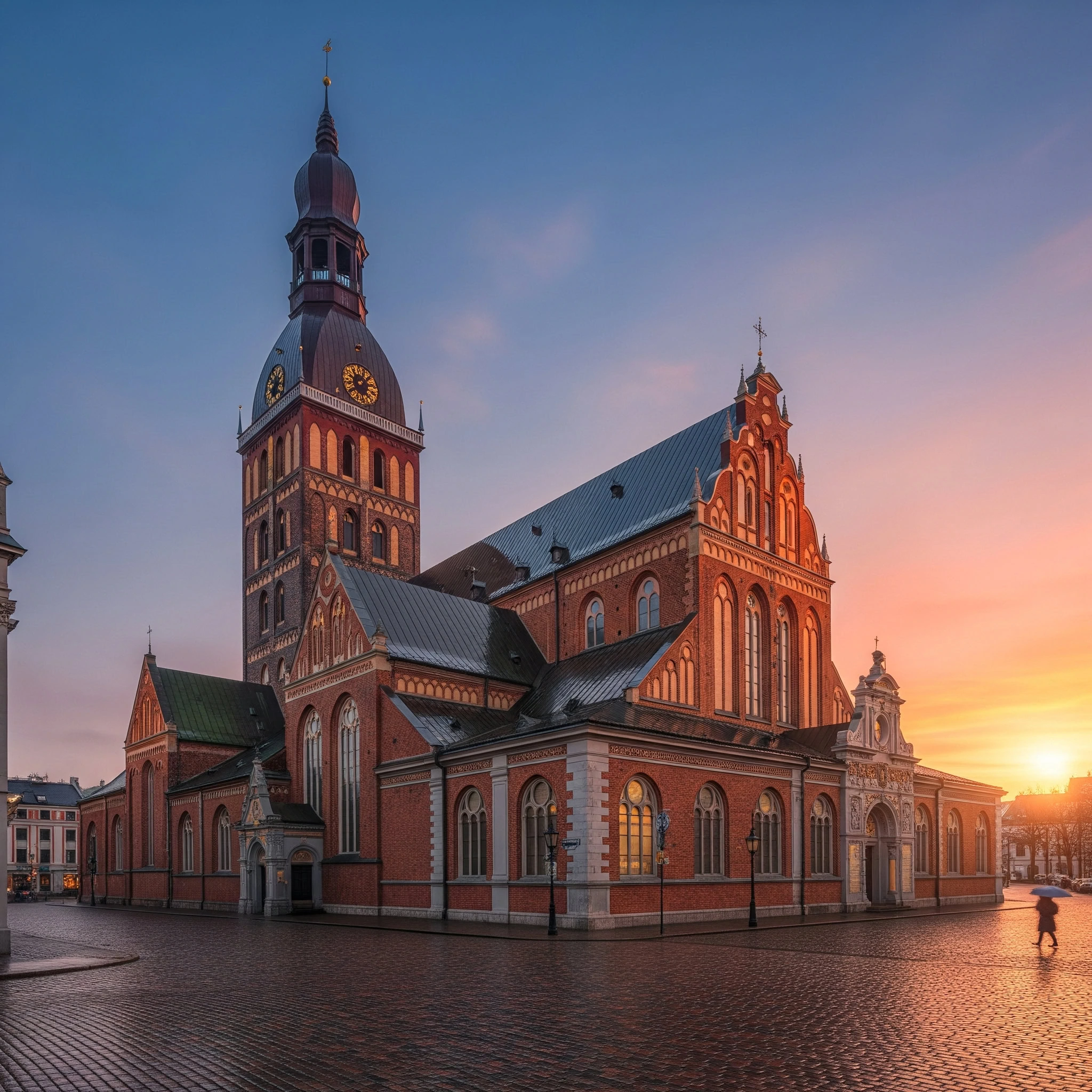In today’s fast-paced world, burnout has become increasingly common. The constant pressure to perform, always-on technology, and endless to-do lists have left many of us feeling exhausted and overwhelmed. Ironically, even our holidays that are meant to provide relief we often become another source of stress as we rush from one tourist attraction to another, desperately trying to squeeze every experience into a limited timeframe.
Slow travel offers a thoughtful alternative to conventional tourism. Rather than racing through destinations with a checklist of must-see attractions, slow travel encourages you to immerse yourself in one location, embrace local rhythms, and engage more deeply with your surroundings. This mindful approach to exploration isn’t just more enjoyable, it’s also therapeutic, especially for those suffering from burnout.
Understanding Burnout in the Modern World
Signs You Might Be Experiencing Burnout
Burnout manifests in various ways, both physical and mental. You might notice persistent fatigue that doesn’t improve with rest, insomnia despite feeling exhausted, or frequent headaches and muscle tension. Emotionally, burnout often presents as irritability, cynicism, or feeling detached from activities you once enjoyed.
Traditional holidays sometimes fail to address burnout because they’re approached with the same hurried, achievement-oriented mindset that contributes to burnout in the first place. A week of frantic sightseeing, while temporarily distracting, doesn’t allow your nervous system to truly reset or give you the mental space to reconnect with yourself. In contrast, intentional approaches to overcoming travel burnout-such as embracing slow travel, setting clear boundaries, and prioritizing rest-can help restore balance and promote genuine well-being.
How Modern Travel Can Actually Increase Stress
Modern travel culture often emphasises quantity over quality. Social media showcases influencers visiting multiple countries in a single trip, creating pressure to match these experiences. This results in packed itineraries driven by FOMO (fear of missing out) rather than genuine interest or enjoyment. This can turn travel into a stressful experience.
Digital connectivity compounds this problem. With smartphones constantly at hand, many travellers never truly disconnect from work emails or social media. The pressure to document and share every moment online transforms experiences into performances, preventing you from being fully present. Having detailed travel plans can help mitigate this issue, allowing you to manage your time better and reduce stress.
What Is Slow Travel and Why It Works
The Philosophy Behind Slow Travel
Slow travel emerged from the wider Slow Movement, which began with Slow Food in Italy during the 1980s as a reaction against fast food culture. The philosophy emphasises quality over quantity, encouraging people to engage more deeply with their surroundings and build meaningful connections with places and people.
Unlike conventional tourism, which often creates a barrier between visitors and locals, slow travel seeks to break down these divisions. It’s about experiencing a place as a temporary resident rather than a tourist checking items off a list. This shift in perspective transforms travel from consumption to connection. Additionally, this approach can improve overall well-being by fostering mindfulness, reducing stress, and enhancing mental health through meaningful experiences and physical activities.
The Science of Slow Travel and Mental Wellbeing
Research increasingly supports what slow travellers have long known: unhurried experiences are good for our brains. When we slow down, we activate our parasympathetic nervous system. The rest-and-digest mode that counteracts the fight-or-flight response associated with stress and burnout. A 2019 study published in the Journal of Sustainable Tourism found that traveler’s who spent more time in fewer destinations reported significantly higher levels of psychological wellbeing and lower stress levels than those who followed packed itineraries. The researchers concluded that “slow tourism practices foster deeper engagement with place and culture, which correlates with improved mental restoration” (Smith & Diekmann, 2019).
Novel experiences combined with relaxation create optimal conditions for cognitive rejuvenation. When we explore unfamiliar environments without time pressure, our brains form new neural connections while releasing tension. This combination helps reset habitual thought patterns that contribute to burnout, allowing fresh perspectives to emerge. It also helps traveler’s focus on the present rather than worrying about the future.
Key Elements of Slow Travel for Burnout Recovery
Embracing Local Rhythms and Culture
Living like a local rather than rushing through tourist attractions offers profound benefits for burnout recovery. Having detailed travel plans can enhance this experience by allowing you to consider necessary preparations, such as vaccinations, and manage unexpected changes effectively. It allows you to adopt a different pace of life, often slower and more attuned to natural rhythms than the constant hustle of modern urban existence.
Engaging with community life provides a sense of belonging that many burnout sufferers crave. Whether joining a local cooking class, attending community events, or simply becoming a regular at a neighbourhood café, these interactions satisfy our deeply human need for connection, something often missing in isolation-inducing burnout.
Mindful Experiences Over Tourist Checklists
Quality over quantity becomes the guiding principle in slow travel. Rather than trying to see everything, slow travellers might spend an entire afternoon in one museum gallery, really absorbing the artwork, or dedicate several days to exploring different neighbourhoods in a single city.
The paradox of doing less but experiencing more lies at the heart of slow travel’s therapeutic effect. By removing the pressure to maximise every minute, you create space for unexpected discoveries and spontaneous joy, precisely the elements that make travel memorable and rejuvenating. Planning ahead to allow for extra time can further reduce stress and enhance these mindful experiences.
Reconnecting with Nature and Simplicity
Natural environments play a crucial role in stress reduction and burnout recovery. Research shows that time spent in nature lowers blood pressure, reduces stress hormone levels, and improves mood. Slow travel often involves extended time outdoors: walking country paths, swimming in lakes, or simply sitting in gardens, allowing these healing effects to take hold.
Digital detox opportunities abound in slow travel, as you replace screen time with real-world experiences. Many destinations perfect for slow travel have limited connectivity, encouraging a natural break from the digital demands that fuel burnout.
Practical Guide to Planning a Slow Travel Experience
Choosing the Right Destination
Not all destinations lend themselves equally well to slow travel. Ideal locations offer a balance of cultural interest, natural beauty, and a pace of life conducive to slowing down. Small to medium-sized towns often work better than major cities, though quieter neighbourhoods in larger cities can also provide suitable bases. Booking tickets in advance for popular attractions is crucial to avoid disappointment and long wait times.
Creating a Balanced Itinerary
The 3:1 ratio provides a useful guideline for slow travel: spend at least three days in any location to begin experiencing it beyond tourist highlights. This minimum allows you to develop routines, discover hidden gems, and begin feeling oriented rather than constantly adjusting to new surroundings. Booking flights is a crucial step in the overall travel planning process, as it requires careful research to find the best deals and ensure a pleasant experience.
Building unstructured time into your itinerary might feel uncomfortable if you’re used to maximising every minute, but it’s essential for slow travel. Plan perhaps one activity per day, leaving the rest open for spontaneous exploration, rest, or following recommendations from locals you meet. Choosing a good quality suitcase for packing efficiently can help manage space and prevent overpacking, ultimately leading to a more enjoyable travel experience.
Accommodation Choices That Support Slow Travel
Self-catering accommodations like cottages, flats, or farmhouses support slow travel by giving you a home base and the freedom to live temporarily like a local. Shopping for and preparing some of your own meals connects you with local ingredients and daily rhythms while saving money for special dining experiences. Additionally, carrying a reusable water bottle and healthy snacks can help you stay hydrated and energised throughout your journey.
Community-based options such as home stays, small family-run B&Bs, or agritourism (farm stays) offer built-in cultural exchange. Hosts often provide insider knowledge about their region that no guidebook can match, from the best times to visit popular sites to completely overlooked local treasures. Packing items that enhance comfort during a plane flight, such as your favourite pillow, can also make your travel experience more pleasant.
Managing Risks with Travel Insurance
While slow travel offers a more relaxed approach to exploring the world, unexpected situations can still arise. Travel insurance provides essential protection for longer stays, particularly when immersing yourself in activities and environments outside your comfort zone. Look for policies that cover extended trips, as standard holiday insurance might not be sufficient for the deeper, more immersive experiences that slow travel entails.
Navigating Your Destination
To ensure a stress-free travel experience, it’s essential to research and understand your destination, including its layout, transportation options, and local customs. Planning ahead and creating an itinerary can help travellers navigate their destination with ease, saving time and reducing anxiety. Using online resources such as maps, travel guides, and review websites can provide valuable insights and tips for exploring your destination.
Packing for Comfort
Packing for comfort is essential for stress-free travel, as it can help reduce anxiety and discomfort during long journeys. Using packing cubes and rolling clothes can help save space in your luggage and reduce wrinkles, making it easier to pack and unpack. Travellers should prioritise packing comfortable shoes, clothes, and essentials such as a reusable water bottle, neck pillow, and healthy snacks.
Additionally, considering the weather and activities planned for your trip can help you pack accordingly and avoid overpacking. It’s also important to leave some extra space in your luggage for souvenirs and other items you may acquire during your trip. By packing for comfort and being mindful of your luggage, travelers can avoid unnecessary stress and focus on enjoying their journey.
Conclusion
Burnout has become a modern epidemic, but slow travel offers a powerful antidote. By embracing a different pace and approach to exploration, you create the conditions for genuine rest, reflection, and recovery. The unhurried immersion in new environments helps reset your nervous system and perspective, while meaningful connections with places and people satisfy our deep need for authentic engagement.
If you’re feeling the weight of burnout and longing for a truly restorative break, perhaps it’s time to trade frantic sightseeing for something deeper. Adventures by Train offers carefully curated slow travel experiences by rail throughout Europe, allowing you to journey mindfully while enjoying spectacular scenery along the way. Contact us today to begin planning your burnout recovery journey, your first step toward stress-free travel and renewed wellbeing awaits.
